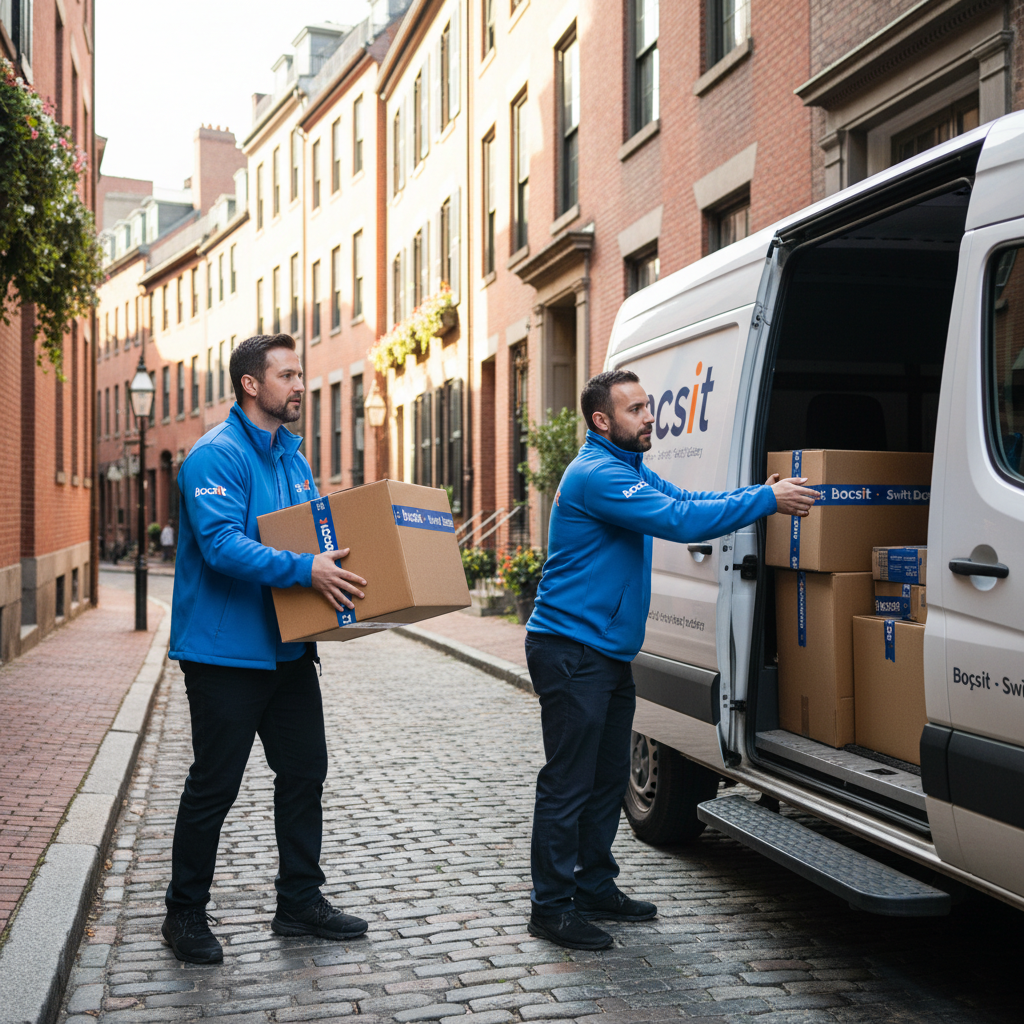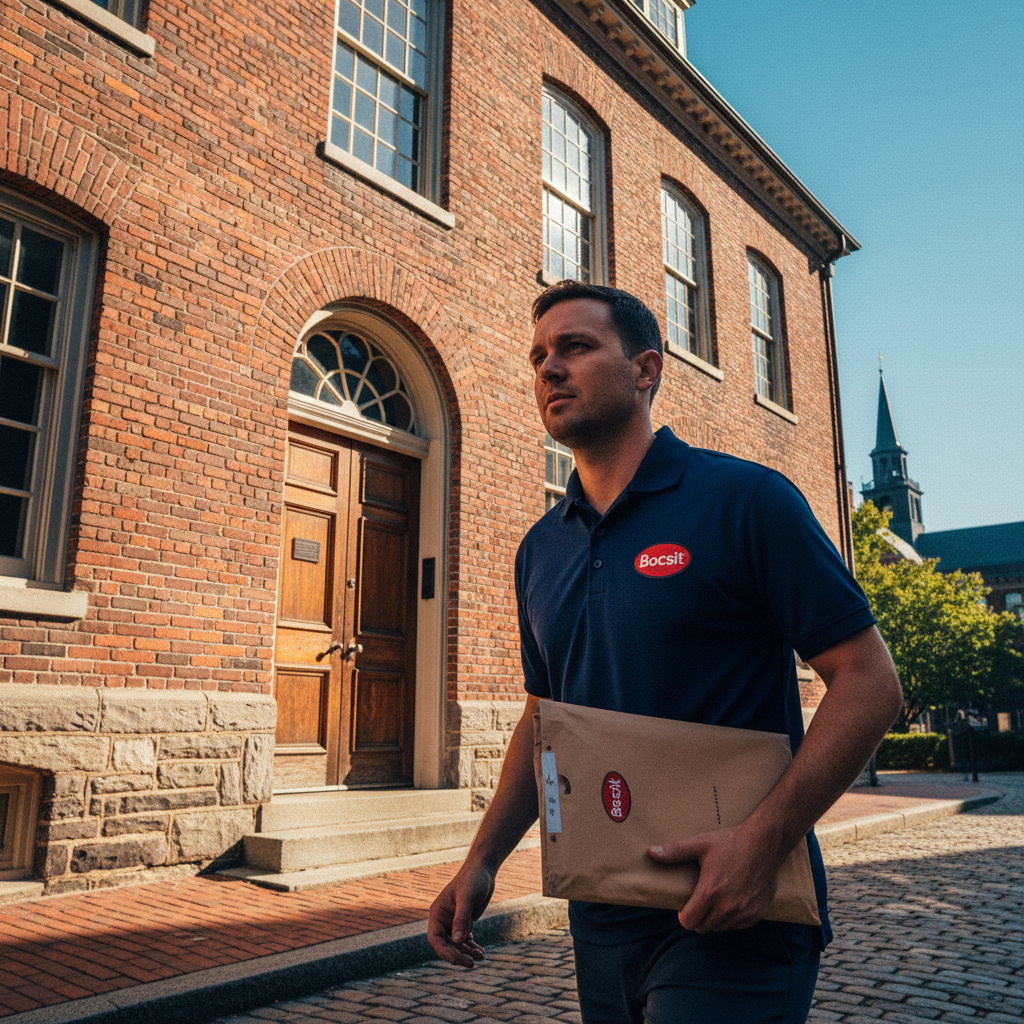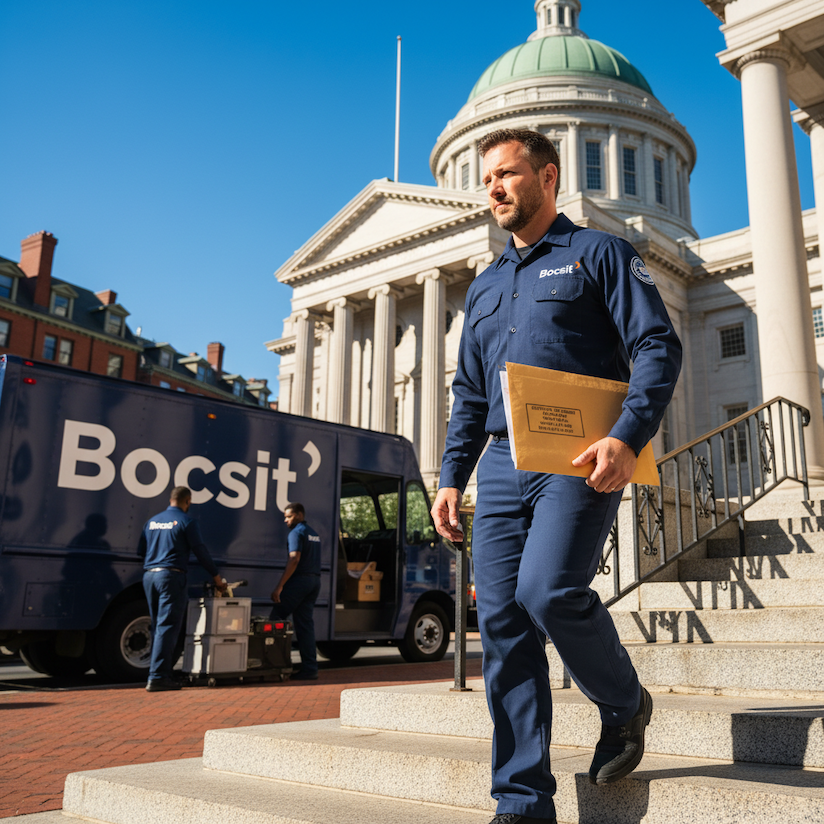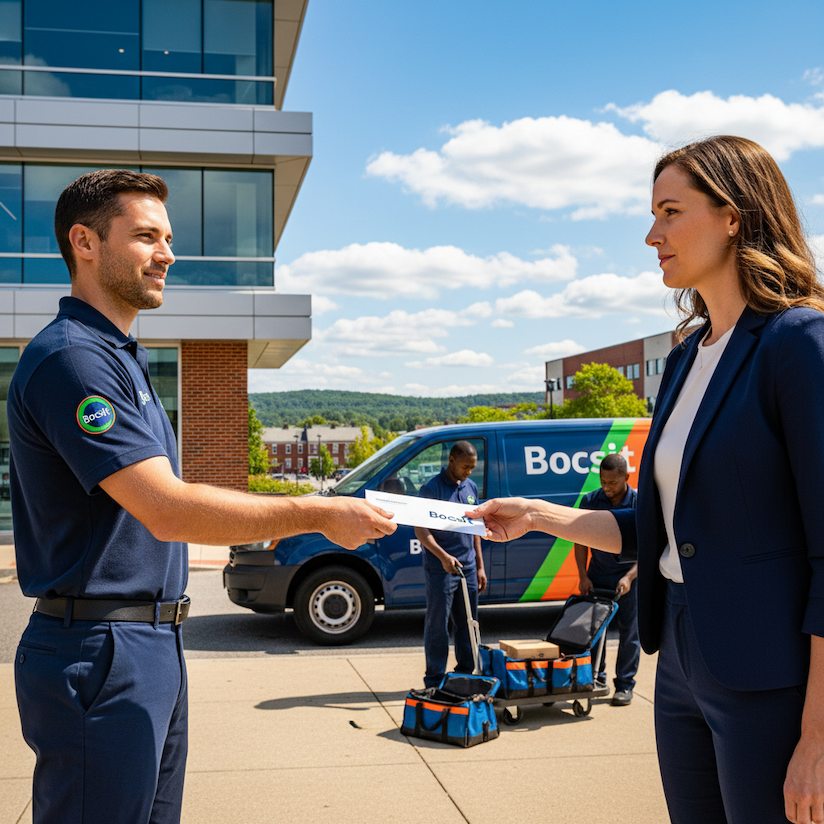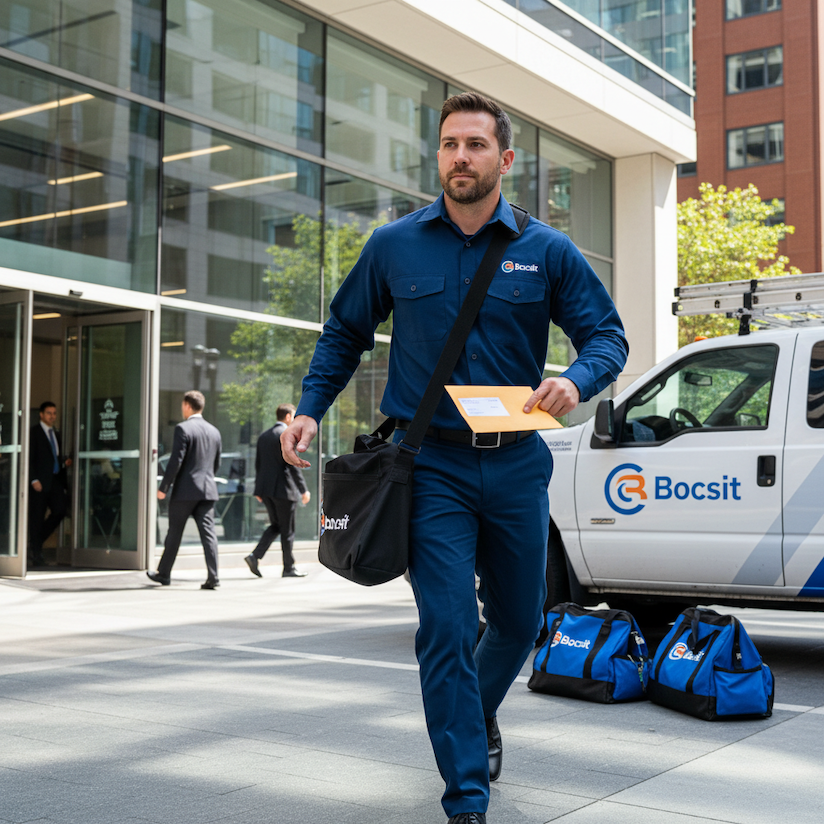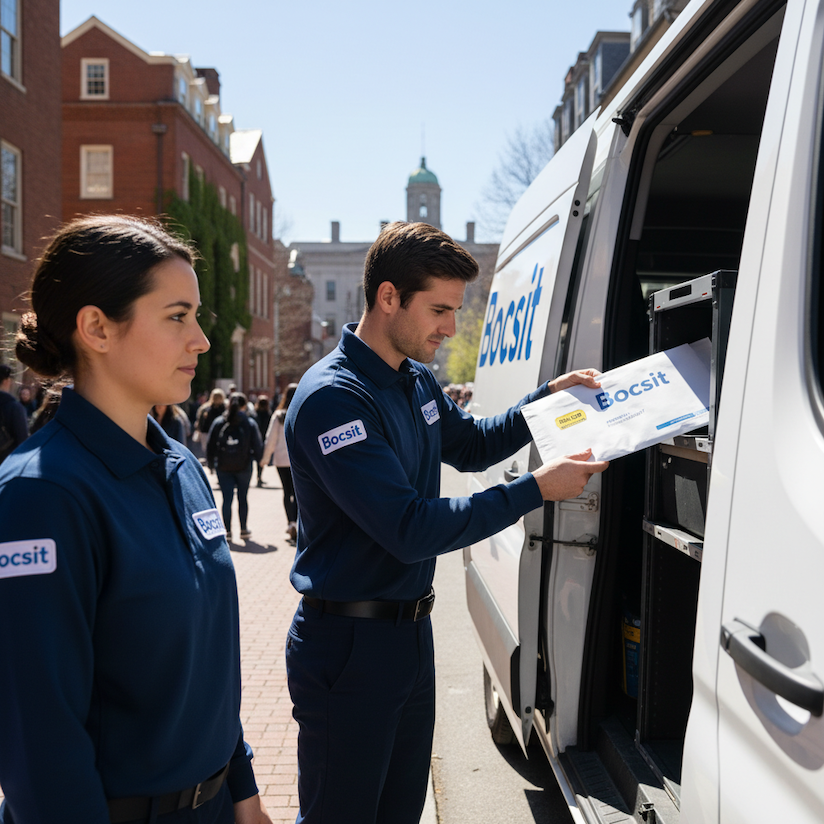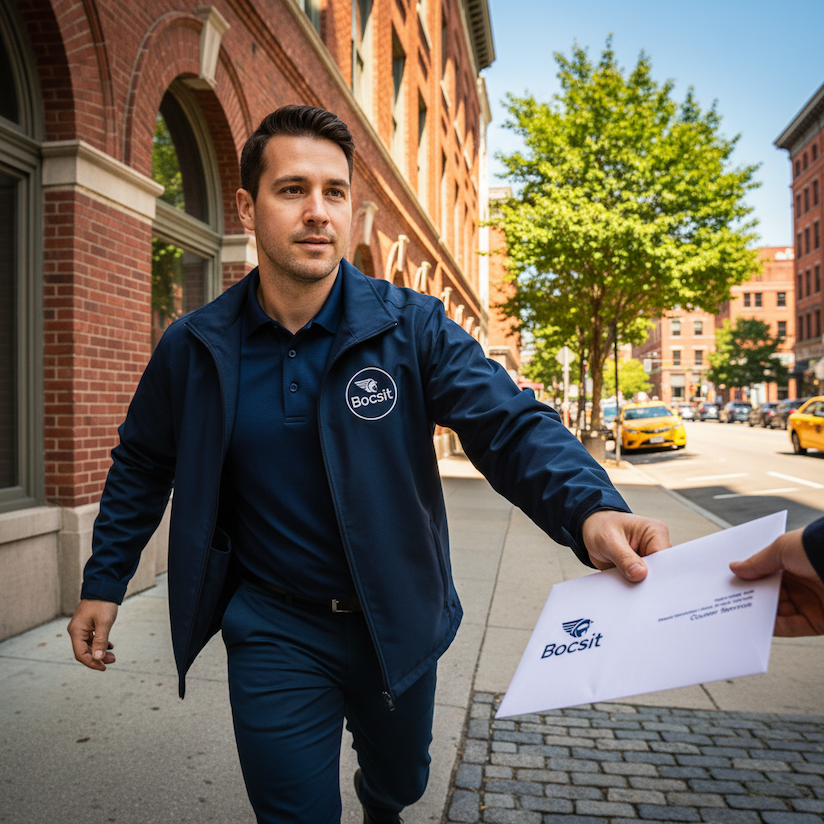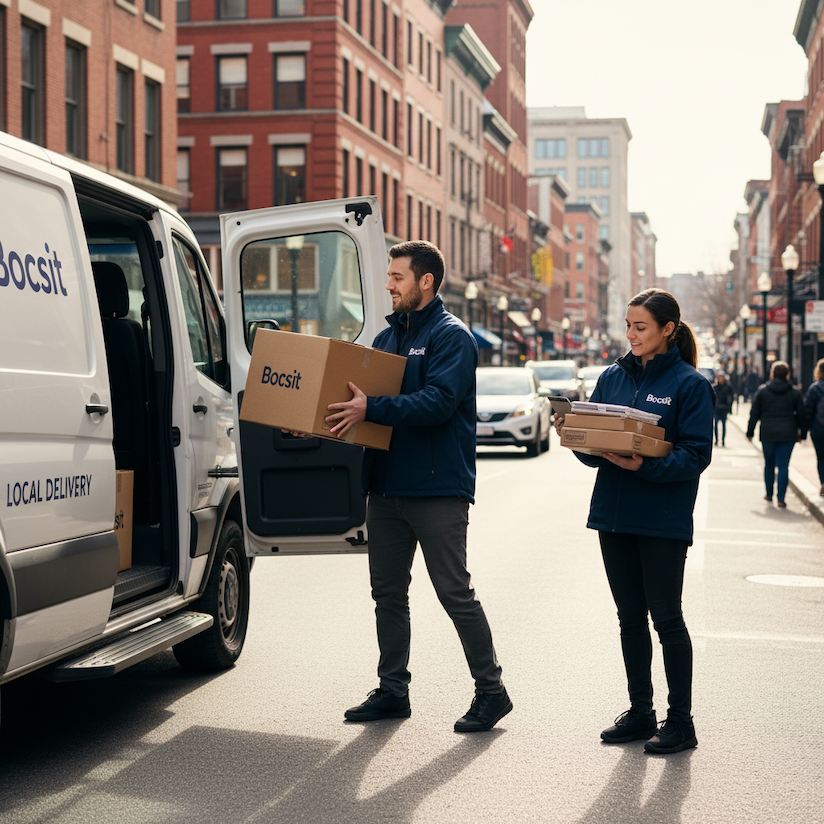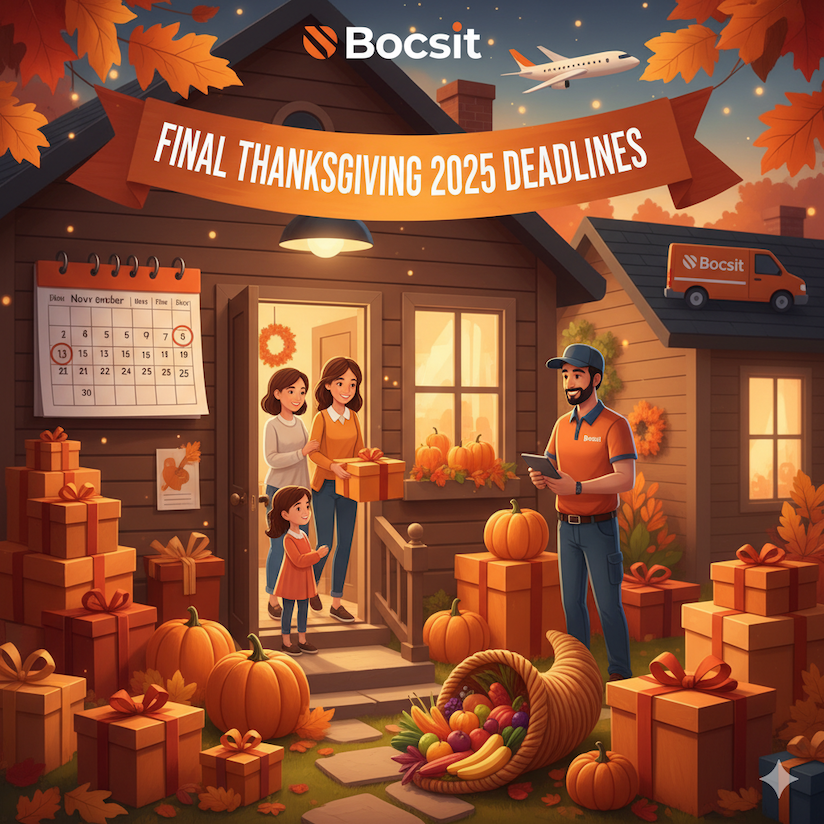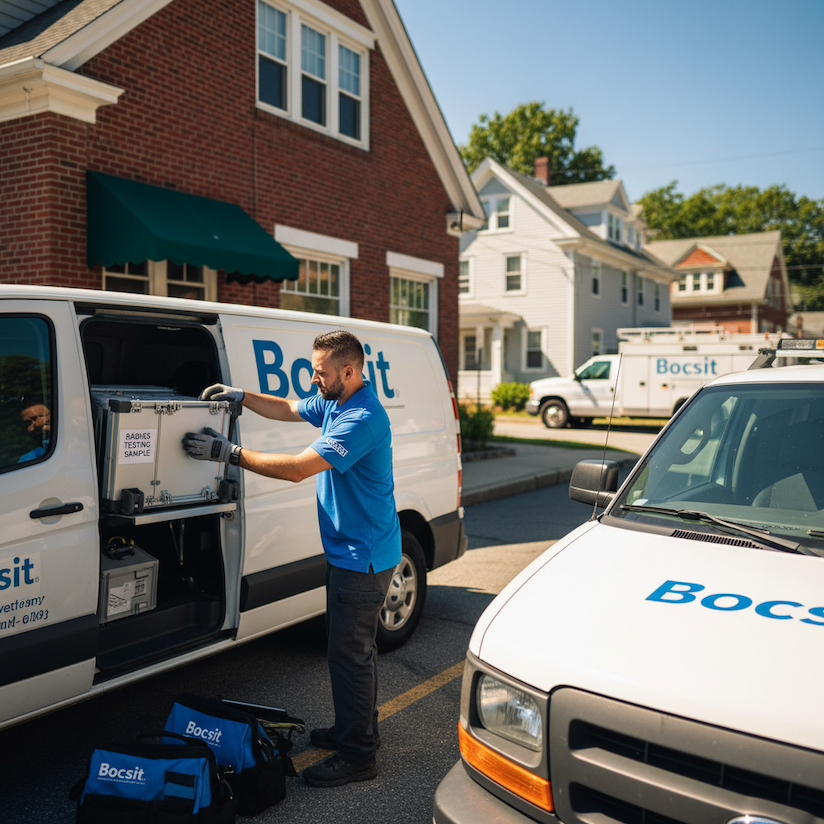The Ultimate Guide to Emergency Preparedness for Drivers: Staying Safe in Any Situation
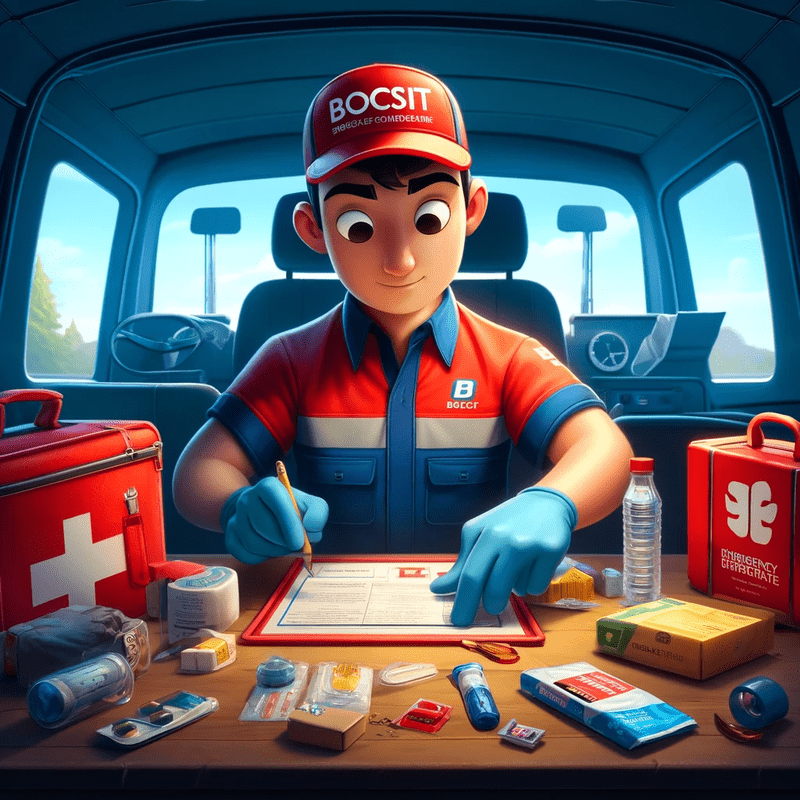
The Ultimate Guide to Emergency Preparedness for Drivers: Staying Safe in Any Situation
When it comes to driving, the unexpected is just around the corner. A serene journey can quickly turn into an urgent scenario, demanding your immediate attention and action. But fear not! Being prepared means you’re already halfway to safety. This comprehensive guide is your co-pilot to navigating through and beyond the myriad of emergencies you might face. From essential gear to smart strategies, we’ve got you covered.
Essential Gear: Your Emergency Kit Checklist
A well-stocked emergency kit is your first line of defense in unexpected situations. Here’s what every driver should keep in their vehicle:
- First Aid Kit: For treating minor injuries on the spot.
- Flashlights and Extra Batteries: Because emergencies don’t wait for daylight.
- Reflective Warning Triangles or Flares: To alert other drivers and ensure your safety while you wait for help.
- Jumper Cables: A dead battery shouldn’t mean a dead end.
- Tire Inflator and Sealant: For quick fixes that get you rolling again.
- Water and Non-perishable Snacks: Staying hydrated and energized is crucial, especially if you’re stranded for a while.
- Weather-appropriate Clothing: Because you can’t control the weather, but you can prepare for it.
- Charged Power Bank: Keep your phone ready to call for help when you need it most.
- Basic Tool Kit: For simple repairs that don’t require a mechanic.
- Maps and Compass: Technology is great until it isn’t. Old-school navigation can be a lifesaver.
Staying Safe: Strategies for Common Road Emergencies
With your emergency kit in tow, let’s tackle how to handle some typical road emergencies with confidence.
- Vehicle Breakdowns: If your car gives up the ghost, pull over safely. Turn on your hazard lights, set up reflective triangles, and stay with your vehicle if possible. Call for roadside assistance and wait for help.
- Severe Weather Conditions: Whether it’s heavy rain, snow, or fog, reduce your speed, increase your following distance, and use your headlights. If conditions worsen, find a safe place to pull over until it’s safe to drive again.
- Accidents: If you’re involved in or witness an accident, pull over safely, call emergency services, and offer assistance if you can do so safely. Use your emergency kit to provide basic first aid if needed.
Preventive Measures: Avoiding Emergencies Before They Happen
The best way to handle an emergency is to prevent it from happening in the first place. Here’s how:
- Regular Maintenance: Keep your vehicle in tip-top shape with regular check-ups.
- Stay Informed: Check the weather and traffic conditions before you head out.
- Drive Defensively: Be aware of your surroundings and anticipate potential hazards.
Conclusion: Ready for the Road Ahead
Emergency preparedness is all about anticipation, preparation, and action. Equipped with the right tools and knowledge, you can face any situation on the road with confidence. Remember, safety starts with you. By taking the steps to prepare yourself and your vehicle, you’re not just protecting your own life; you’re contributing to the safety of everyone on the road.
Safe travels!


